Next Generation Hawkers
Singapore’s hawker culture and heritage is undoubtedly a cornerstone of the nation’s identity. Having being enshrined on UNESCO’s Intangible Cultural Heritage list, this beloved tradition, as seen from its journey from street vending to contemporary hawker centres, is not merely a relic of the past but a living, breathing entity that continues to evolve. In the face of changing demographics and shifting culinary trends, a new generation of hawkers is stepping forward, injecting fresh energy and innovation into this cherished heritage.
A New Breed of Hawkers
The heart of Singapore’s hawker culture is being reinvigorated by a dynamic wave of young entrepreneurs. From passionate individuals striking out on their own to those carrying on family legacies, and the rise of savvy ‘hawkerpreneurs,’ a new generation is shaping the future of this beloved culinary tradition.
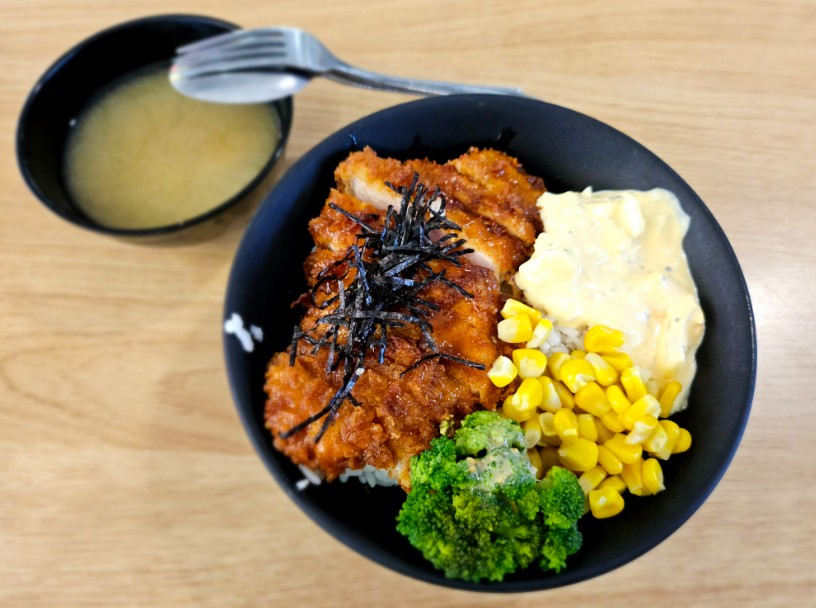 |
| A growing number of young entrepreneurs are entering the hawker scene, driven by passion and a desire to preserve culinary traditions. These Gen Z hawkers bring with them a contemporary perspective, infusing creativity and innovation into traditional dishes. This Instagram photograph shows a Tartar Sauce Katsu Tendon dish from Yishun Park Hawker Centre. Appeared to be inspired by the Japanese donburi (rice-bowl dish), it consists of a bed of fluffy rice topped with a generous portion of crispy fried chicken smothered in tangy tartar sauce as well as vegetables. (Image Credit: Photo by Rachael via Singapore Memories) |
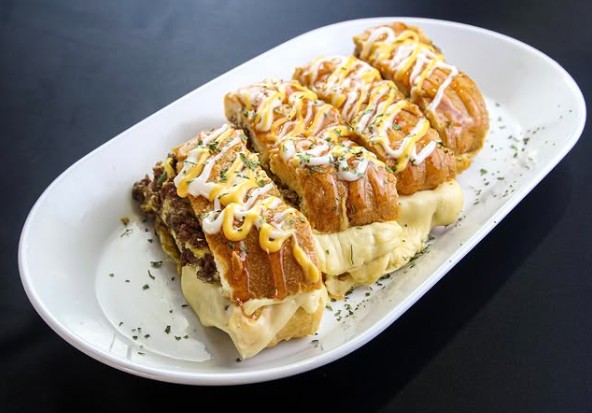 |
| Sometimes referred to as “hawkerpreneurs”, these new hawkers leverage their entrepreneurial spirit and digital savvy to build successful brands. One strategy is the use of social media platforms to showcase their culinary creations, engage with customers, and build a strong online presence. Captured in this photograph is a Roti John Tarik from a Pasir Ris hawker stall. This modern take on the traditional Malay Roti John, which features a fried French loaf with minced mutton, onions, and egg, incorporates mozzarella cheese, resulting in a striking ‘tarik’ or pulling effect. The Pasir Ris stall, however, has closed but this dish is offered by others including one in Hougang Avenue 9. (Image Credit: Photo from Brozky Instagram page) |
 |
| But not all young hawkers are aiming to reinvent the food we eat in hawker centres. Some of them are taking over their family businesses, carrying on the legacy of their parents or grandparents, while others are honouring traditional recipes to keep the local hawker culinary heritage alive. The photograph above shows a “dry” noodle dish with minced pork (bak chor mee) from the recently opened Rui Ji Kitchen hawker stall in Holland Drive Market and Food Centre. The noodles is served with a bowl of fish balls that were handmade using the yellowfish. (Image Credit: Photo from Rui Ji Kitchen Facebook page) |
Hawker Culture: Next Generation
A new wave of hawkers is redefining Singapore’s iconic food heritage. Join us in the video below as we explore how young hawkers are reimagining beloved recipes, blending tradition with innovation, and introducing fresh energy to hawker centres across the island. Some are embracing new techniques and global flavours, while others are keeping time-honoured recipes alive, ensuring that our culinary history continues to thrive for generations to come.
Evolution of Flavours
In retrospect, Singapore’s hawker scene has always been a melting pot of flavours - Chinese, Malay, Indian, Eurasian, western and eastern, you name it. But the next generation is taking this to new heights. By creatively blending traditional recipes with modern techniques and international influences, they are crafting exciting and innovative dishes that redefine the hawker experience.
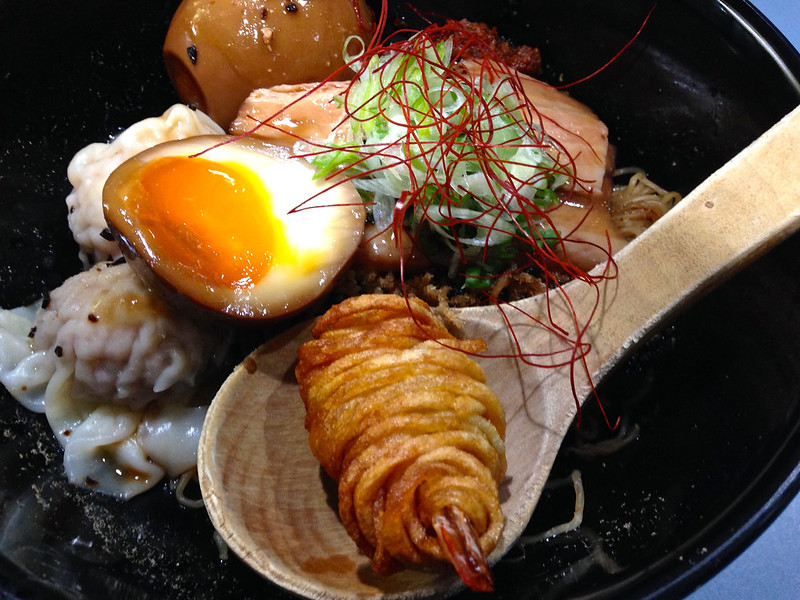 |
| Traditional hawker fare is undergoing a fascinating evolution. Young hawkers are creatively fusing local flavours with international influences, resulting in exciting and unexpected culinary combinations. The photograph above captures a Singaporeanised ramen dish found at a hawker stall in Amoy Street Food Centre. Though presented as a dry ramen, the addition of local ingredients like ngoh hiang and wantons transforms it into a distinctly Singaporean culinary experience. (Image Credit: Photo by WordRidden via Flickr) |
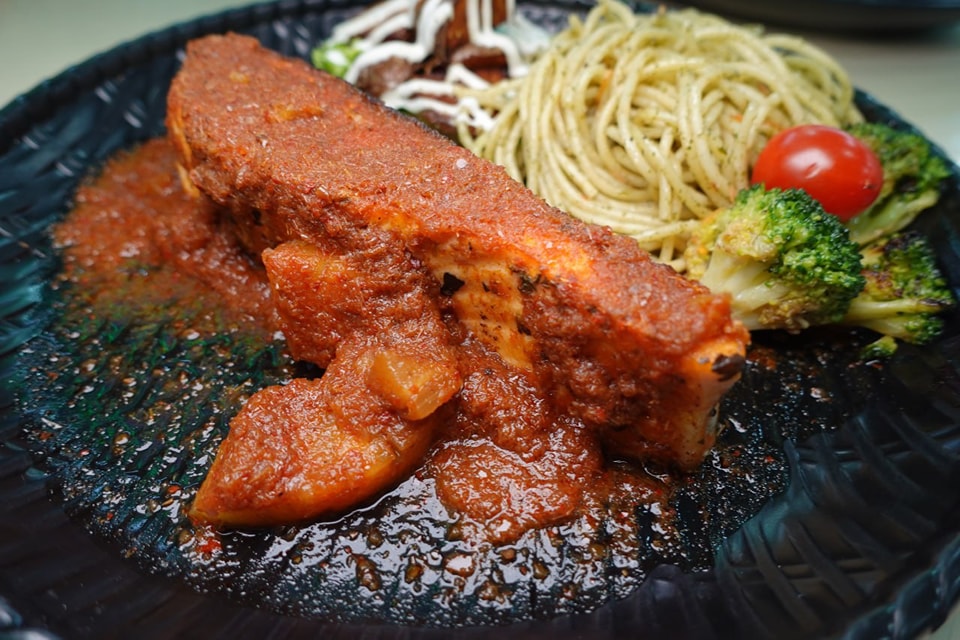 |
| Classic dishes are being reimagined with contemporary twists. Think deconstructed laksa, gourmet satay, and innovative takes on chicken rice. These modern interpretations appeal to discerning palates while honouring the essence of traditional flavours. The photograph above shows a Assam Nanas Salmon dish. It is a fusion dish that combines the peranakan sweet and tangy assam nanas (pineapple curry) and western-style grilled salmon. It is prepared by PangiNut which is a hawker stall in Chew N Chat Food Court at Joo Chiat Complex that specialised in peranakan inspired western fusion that combines western and nyonya flavours. (Image Credit: Photo from PangiNut Facebook page) |
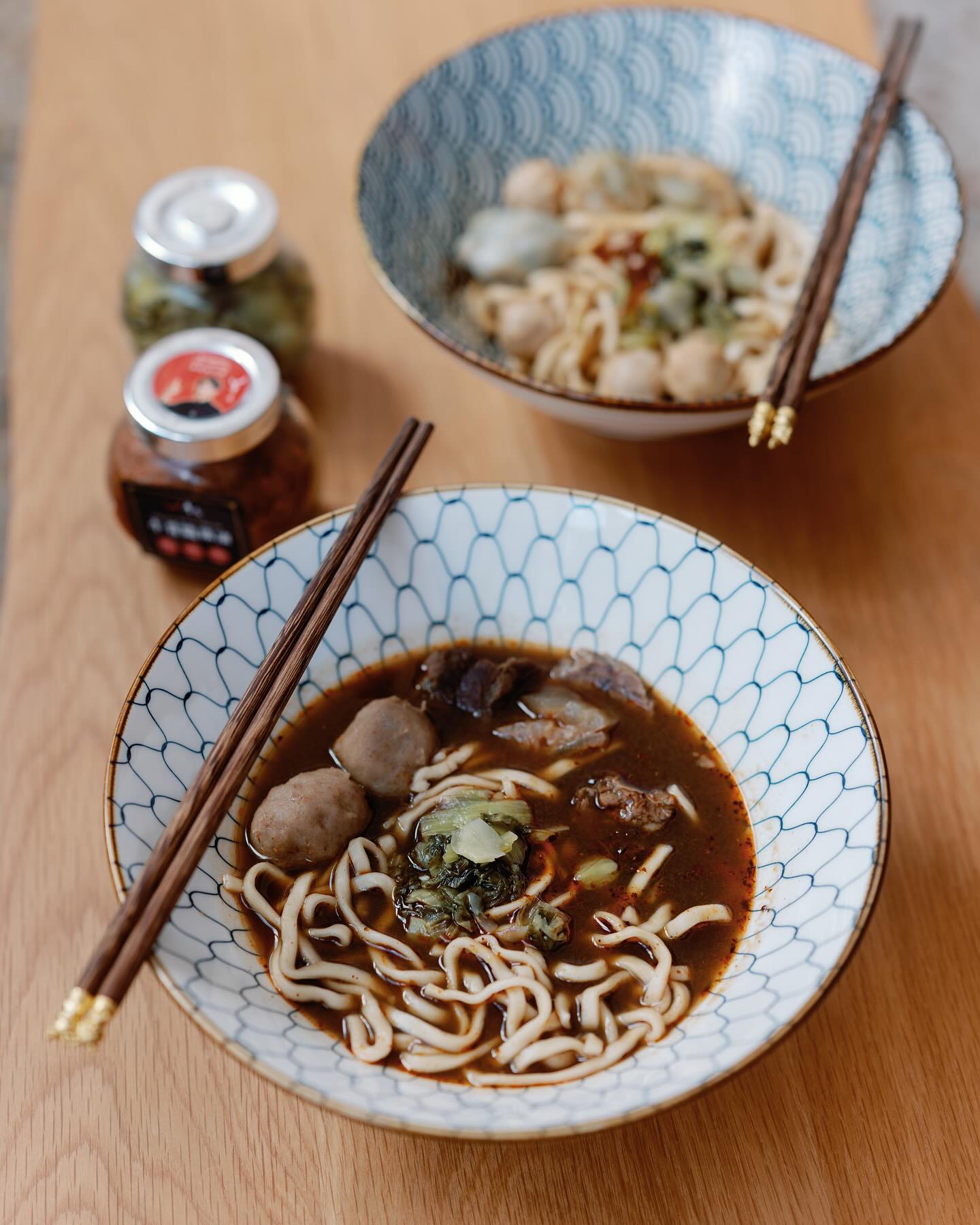 |
| The photograph above showcases Niubi’s modern take on the century-old Teochew beef noodles. A hawker stall in Maxwell Food Centre, it offers extensive customisation to the dish, allowing diners to choose from three bases — dry chilli, gravy or soup. They could also personalise their meal with various beef cuts, other choice of meats, toppings, and condiments like chilli sauce, chopped green onions and crushed peanuts. If that is not enough, there are options where diners could dip the noodles in onsen egg or turn the ingredients into a hotpot, thus blending traditional flavors with contemporary techniques. (Image Credit: Photo from Niu Bi Facebook page) |
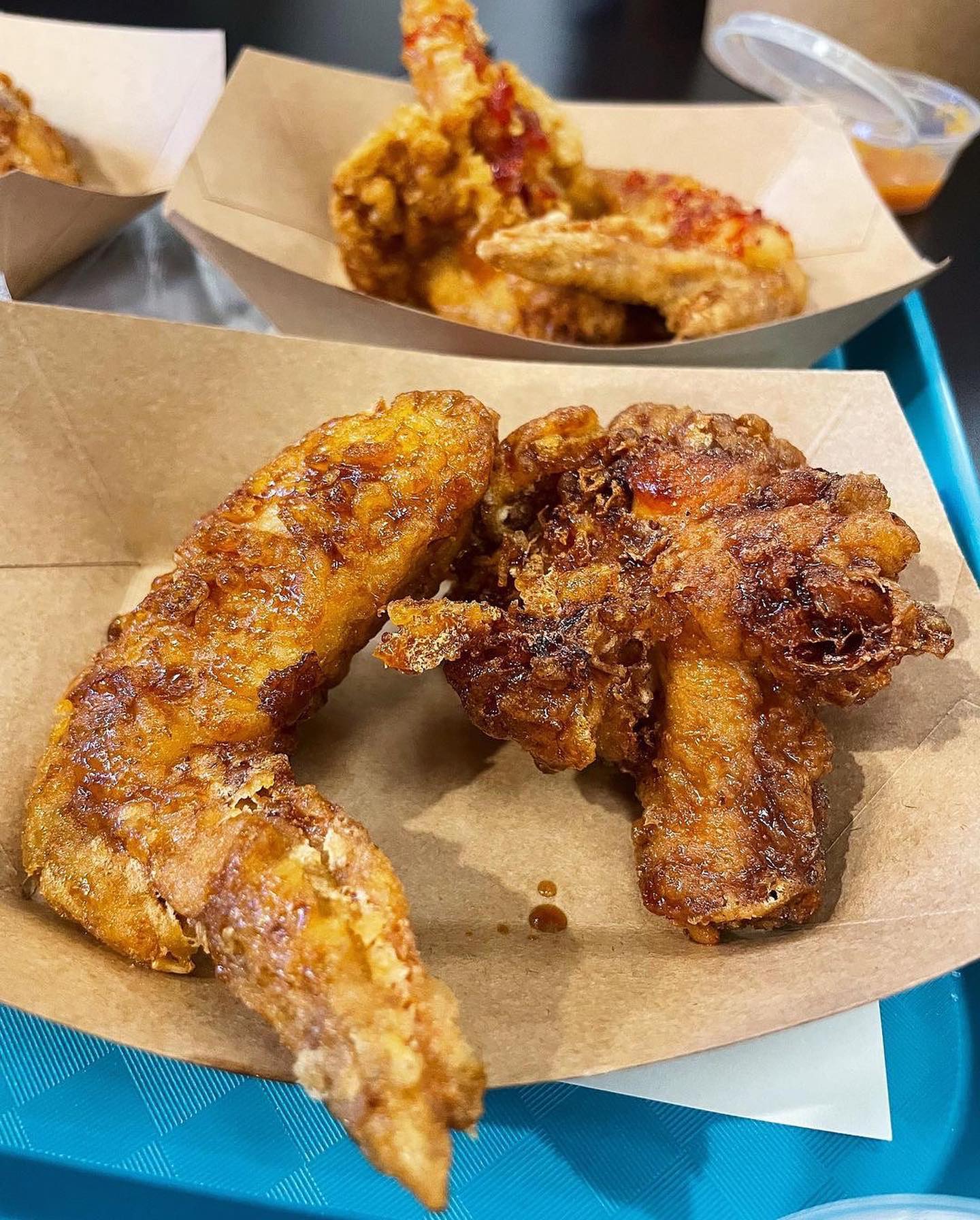 |
| Salt offers an unusual mix of cuisines under one roof. The owners adapted the best of worlds to serve up fusion of Japanese style carbonara with Korean style fried chicken (shown above), or their signature chicken cutlet with soy garlic fried rice. To top it off, the stall offers herbal soup to complement the fried food. Who would have thought to find herbal soup and fried Korean style chicken wings in a hawker stall! (Image Credit: Photo from Salt Facebook page) |
Becoming Global
As Singapore solidifies its position as a global culinary destination, its hawker centres are reflecting this diversity. The arrival of international cuisines and the global recognition of Singapore’s own hawker heritage are adding new dimensions to this vibrant and evolving culinary landscape.
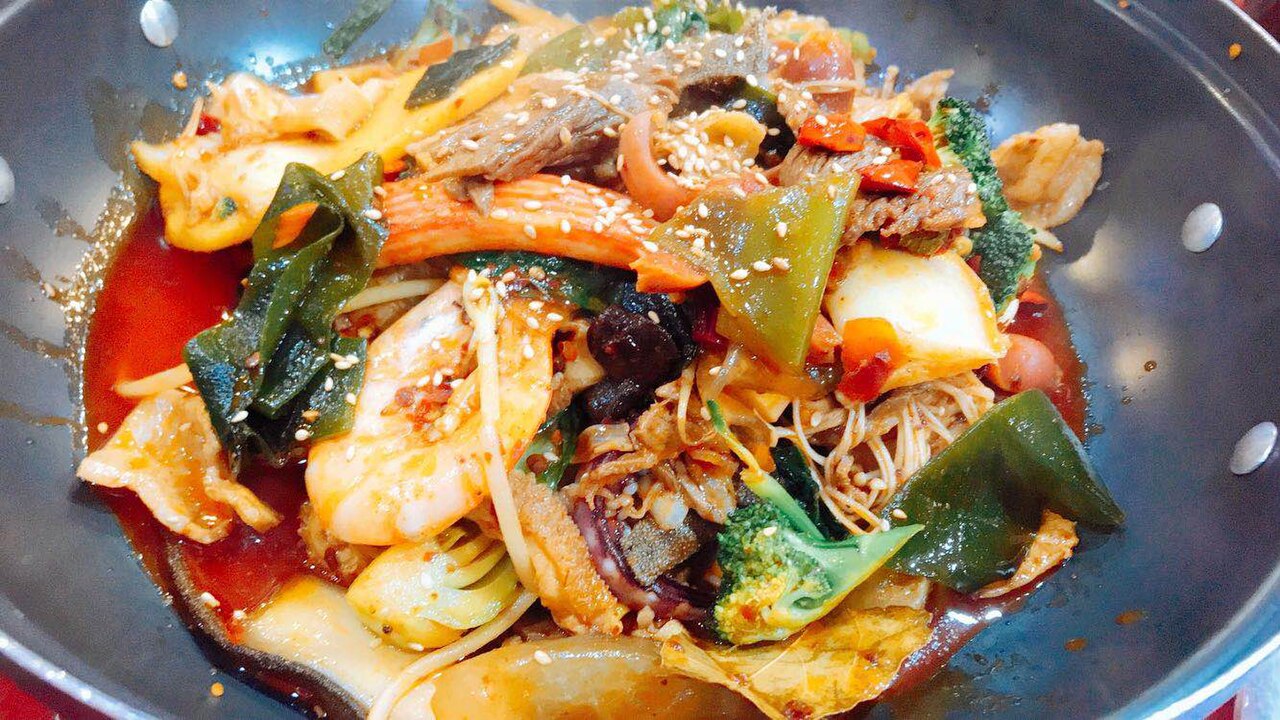 |
| Singapore’s hawker centres are becoming increasingly diverse, reflecting the country’s multicultural landscape. The arrival of foreign cuisines, such as China’s fiery mala and Korean barbecue, adds a vibrant layer to the culinary tapestry. Shown above is a Mala Xiang Guo dish that is becoming a common sight in hawker centres. It is a customisable stir-fry dish originating from Sichuan, China, characterised by its intense numbing (ma) and spicy (la) flavors. Customers select their preferred ingredients which are then stir-fried in a rich, flavorful mala sauce. (Image Credit: Photo by Qinrong0115 via WikiCommons) |
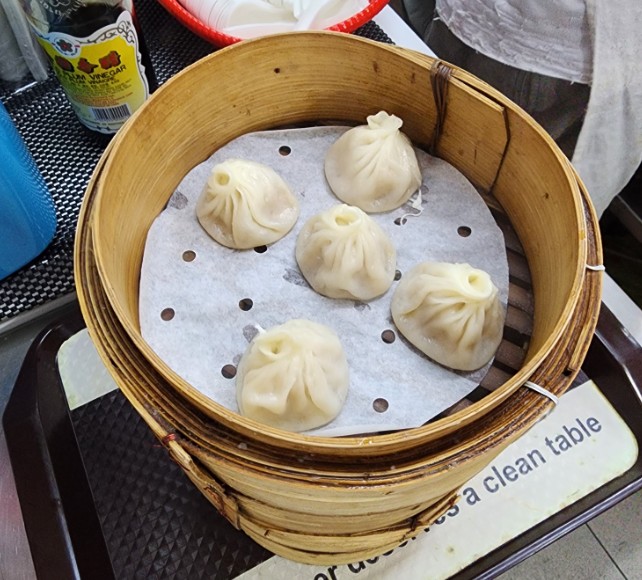 |
| This photograph shows an order of xiaolongbao (or soup dumplings) from a hawker stall in Chinatown. Originated from China, xiaolongbao are steamed dumplings, served hot in bamboo steamers. It is made up of a thin wheat flour wrapper that is encased with minced pork. During steaming, the pork releases a gravy that collects inside the wrapper. As a result, biting into them releases the gravvy and you can either drink it or consume it with the rest of the dumpling. Very often, this dish is enjoyed with a vinegar dip that is mixed with thinly sliced ginger. Previously, xiaolongbao in Singapore were usually found in restaurant but they have made their way into hawker centres. (Image Credit: Photo by Kenneth Koh via Singapore Memories) |
 |
| The increasing popularity of Singaporean hawker food on the global stage is attracting international attention. Riding on the trend, some hawkers from Singapore have ventured abroad to showcase the country’s hawker food. For example, this photograph shows a chicken rice stall in Urban Hawker. Located in New York City, Urban Hawker is a 15,000-square-foot food court that recreates the vibrant atmosphere of our hawker centers. Featuring 17 vendors handpicked by Makansutra’s KF Seetoh, diners could experience the local flavours of White Restaurant’s white bee hoon, the rich aroma of Kopifellas’ Nanyang kopi, the savory delights of Ashes Burnnit’s halal burgers, and the classic comfort of Hainan Jones’ Hainanese chicken rice. (Image Credit: Photo by Wally Gobetz via Flickr) |
Want to take a tour of Urban Hawker? Check out this YouTube video tour.
Vanishing Hawker Food
The rise of next-gen hawkers could be seen as a natural continuation of Singapore’s culinary evolution. For two centuries, our hawker culture has adapted to changing tastes, with dishes fading and new fusions emerging. These young entrepreneurs aren’t abandoning tradition; they’re actively participating in its ongoing transformation. Just as past dishes have given way to new favorites, they’re shaping the flavors of tomorrow, ensuring our hawker heritage remains vibrant and relevant.
Below is a photo gallery that showcases some of the vanishing hawker food that reflects this ongoing culinary shift.
Perspectives on the Essential Changes in Hawker Culture

Singapore’s cherished hawker culture is adapting to modern challenges. Check out our Read to be SURE issue on “How Essential Change for Our Hawker Culture?” to learn more and explore different perspectives.
References
Click the following PDF icon to view and download the reference list used for this page: Next Generation Hawkers References

